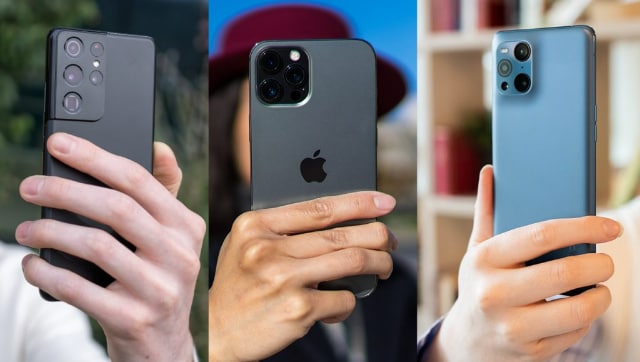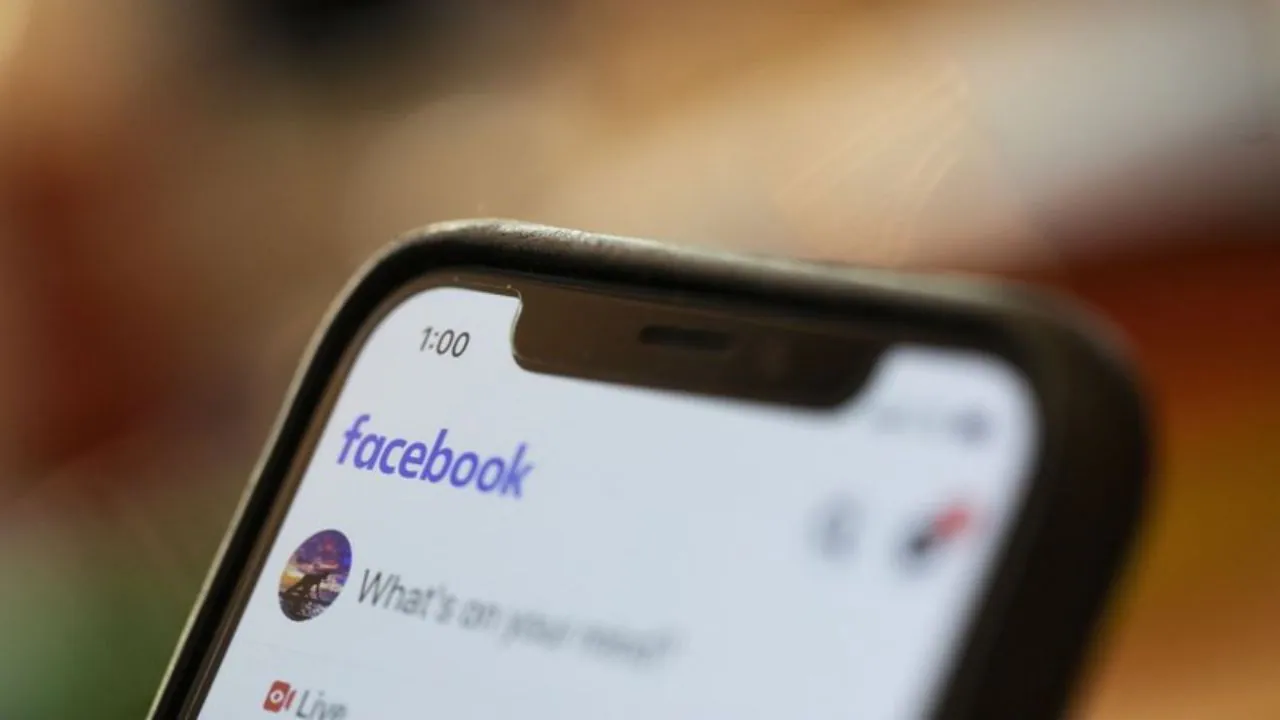
Smartphone manufacturers have made a lot of progress, but not necessarily in the right direction. Even though we have phones that can take near perfect shots of the moon, they still struggle to photograph human subjects who are not white
Smartphone companies will hate to admit this, but their imaging solutions—photography and videography—have been designed to capture the beauty of only white or fair-skinned people.
It doesn’t matter which country the smartphone maker is based out of—South Korea, the USA, India or China—the algorithms that work behind the lenses to give out images, have been designed for white or fair-skinned people.
The underrepresentation or misrepresentation of people with darker skin tones in photographs is a well-documented problem stemming from historical biases. Photography and films have traditionally prioritised and calibrated imaging technologies based on lighter skin tones.
Related Articles
However, because of tech, and the proliferation of cameras, these biases have not only been carried over, but exacerbated.
Only white people photograph well on most smartphones. Even when making smartphones for markets other than Europe or the Americas, manufacturers don’t tweak their algorithms to show skin tones correctly.
Here are 5 evidences that go on to prove that smartphone cameras were developed only for people with fair skin.
Failing to capture the right skin tone
Almost all smartphone cameras struggle to photograph people with dark skin, even under perfect lighting conditions. The situation becomes much worse when lighting conditions become tricky.
Usually, they will blow up the highlights of the skin and give subjects weird-looking patches of white skin, or make them look darker than they actually are.
Back in 2021, Google had to make some special adjustments to its Pixel phone’s camera algorithms, because they were called out on social media for the terrible way their cameras handled people of colour
Almost all smartphone manufacturers have this issue, be it Apple, Samsung, or any other manufacturer. Xiaomi, despite its partnership with Leica, and OnePlus, despite its partnership with Hasselblad, still struggles to nail the colour tones of skin perfectly.
It is only in recent times that these companies have started working on getting the skin tone somewhat right. Having said that, they still have a long way to go.
Oversaturating colours
The way human brains are designed is that we tend to favour saturation and contrast, over colour accuracy, especially when we’re looking at photos on a display. To cater to this, most smartphone camera makers tend to over-saturate their images.
This is especially true for Samsung and certain Chinese smartphone makers like Xiaomi and OnePlus. While flagships from Samsung and OnePlus tend to have some control over how much the overdo the saturations, Budget smartphones from the likes of Xiaomi, Realme and sometimes, even OnePlus, tend to overboard.
As a result, certain people get this very weird yellow looking on their skin. Others, get a very weird reddish hue to their skin.
Samsung Galaxy S23 Ultra June update didn’t solve the problem of shooting yellow faces. They really lack professional level, and such a simple problem can’t be solved. Disappointing, looking at my child’s photo, the face shot by 3x zoom is very yellow(p1), while the photo taken… pic.twitter.com/vaHBKkjGpU
— ICE UNIVERSE (@UniverseIce) July 2, 2023
Facial recognition failures
This is an issue that plagues Asian people with monolid eyes or epicanthic folds. People with dark skin are also affected by several issues.
When Apple introduced their facial recognition tech, FaceID in iPhones, they were using a TrueDepth camera, which works by projecting thousands of invisible dots onto your face and analysing them to create a depth map of your face. As a result, Apple’s FaceID works really well, whether you’re in a dark room or under direct sunlight, irrespective of your skin tone.
Other smartphone makers, tried to copy the tech, but used regular front-facing cameras. This is true for a lot of budget-friendly Chinese smartphones from Xiaomi, Realme, the lot. Their systems basically compared two images, the one that it saw when you tried to unlock the phone, with the image that you “trained” your device while setting up.
If the lighting conditions were too different, or if you had too much of a difference in your skin tone, or eyelid, it would simply refuse to work. Furthermore, this inferior facial recognition tech failed to work for people with dark skin, when they were in dark surroundings.
Beauty filters or modes that simply brighten the skin to beautify
Beauty filters or beauty modes are their own beasts. They also are the worst ways in which tech companies showcase their disregard for people with dark skin or different facial features.
Not only do most beauty filters obliterate certain facial features, but they also brighten the skin tone of subjects exponentially. Remember those old commercials of skin-whitening creams? That’s how most beauty filters work.
What’s worse is the psychological effect that it has on people and communities – it is as harmful as those skin-whitening creams themselves.
It is not that tech companies or smartphones are inherently racist. The people developing these technologies, which usually are made in US companies, are overwhelmingly using data sets that are heavily influenced by white people.
What tech companies and smartphone makers can be accused of, is ignorance. Having said that, we’re not sure if that’s a good enough defence.
FP reached out to several smartphone makers for a comment on this, but none had responded by the time of filing of this report.












